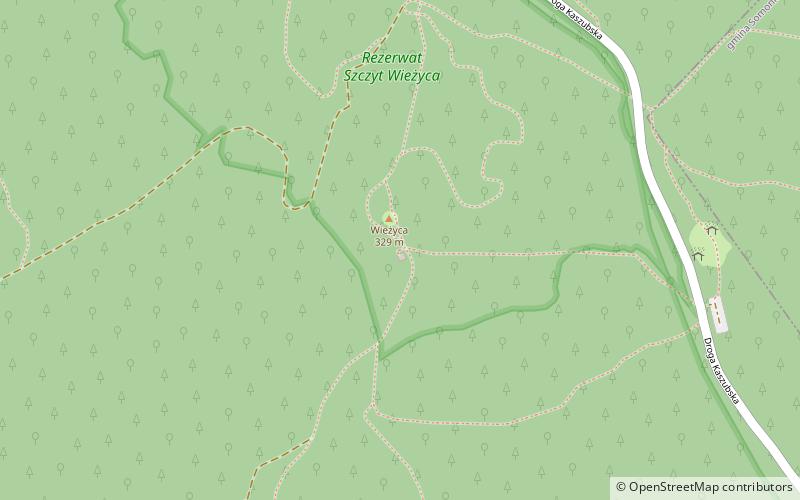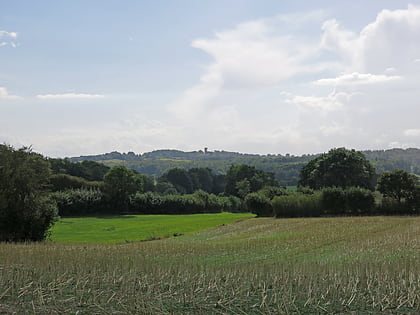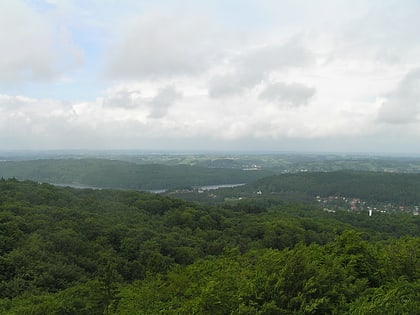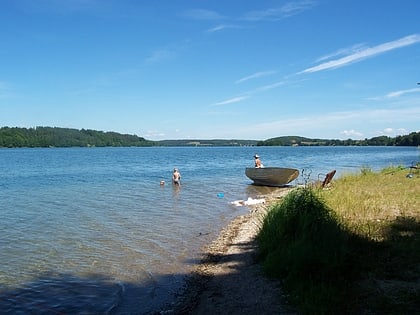Baltic Uplands


Facts and practical information
The Baltic Uplands, a distinctive geological region in Poland, is an area of elevated terrain that stretches across the northern part of the country. It forms a natural boundary between the lower-lying areas of the North European Plain and the higher elevations of the Baltic Sea coast.
Characterized by its rolling hills and moraine landscapes, the Baltic Uplands were shaped by glacial activity during the last Ice Age. This process left behind a rich tapestry of topographical features, including kames, eskers, and numerous lakes, which contribute to the region's scenic beauty. The undulating terrain is interspersed with forests, meadows, and agricultural lands, making it a diverse mosaic of natural habitats.
The area is not only significant for its geological history but also for its biodiversity. The mixed forests of the Baltic Uplands are home to a variety of flora and fauna, some of which are rare or endangered species. This has led to the establishment of protected areas and nature reserves to conserve the unique environment.
The Baltic Uplands also hold historical and cultural importance. Throughout history, the region's strategic location and natural resources have supported human settlement and development. Today, visitors can explore historical sites, including ancient burial grounds and medieval castles, that offer a glimpse into the past.
For tourists, the Baltic Uplands offer a range of outdoor activities such as hiking, cycling, and bird watching, allowing them to immerse themselves in the tranquility of the Polish countryside. The region's picturesque landscapes also provide a perfect backdrop for photography and nature appreciation.
Pomeranian
Baltic Uplands – popular in the area (distance from the attraction)
Nearby attractions include: Wieżyca Mountain, Raduńskie Lake.


